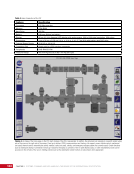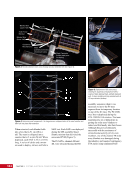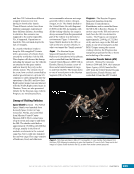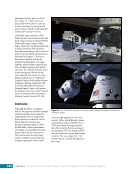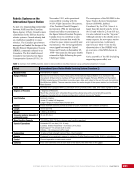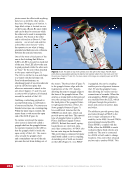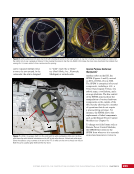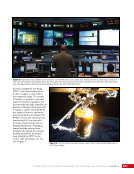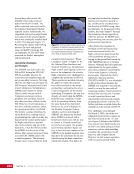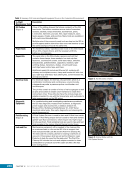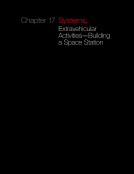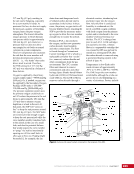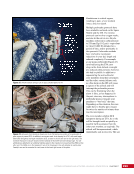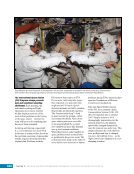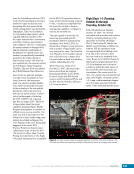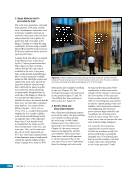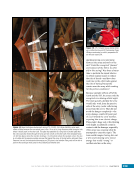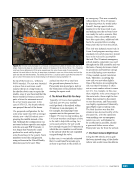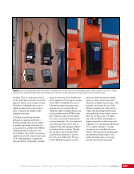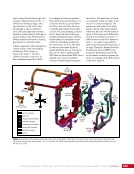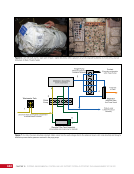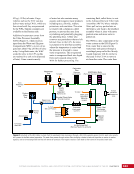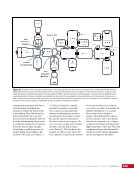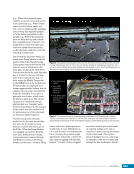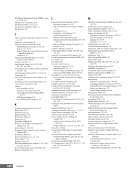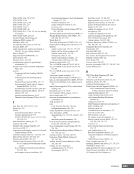CHAPTER 15 SYSTEMS: ROBOTICS—THE CONSTRUCTION EQUIPMENT FOR THE INTERNATIONAL SPACE STATION 250 An image of the Canadian five-dollar bill features a spacewalker wearing a Canadian flag on the shoulder, the International Space Station robotic arm, and the Special Purpose Dexterous Manipulator. Brains, voice, heart, lungs, and circulation system—all are critical for life. The International Space Station (ISS) requires the technical versions of such systems, as well. Just as important are “limbs”— most notably, the giant robotic arm of the space station. The robotic arm is fundamental for executing spacewalks, conducting repairs, and performing cutting-edge research. The ISS would not exist without this limb, which played a key role during construction of the space station. For 15 years, the ISS was essentially a construction site, albeit one that orbited at 28,163 km/h (17,500 mph). As with any construction site, cranes are required to move large pieces into place. The focal point of space station assembly “job site” was the main robotic arm. This machine, measuring 17.6 m (57.7 ft) in length, moved massive objects such as large pressurized modules and truss segments, as well as transported spacewalkers to areas that would otherwise be unreachable. The arm is part of a complex system that is extremely flexible, allowing the arm to move to different work sites, grab other arms that can do fine detail work, and even repair itself. In fact, because of this flexibility, the entire system is known as the Mobile Servicing System (MSS). This chapter focuses on the MSS in particular, the space station crane (i.e., the Space Station Remote Manipulator System) and the components that make up the supporting equipment (i.e., Special Purpose Dexterous Manipulator [SPDM], Mobile Transporter [MT], and Mobile remote server Base System [MBS]). Operation of the MSS is discussed, which will explain how the crew and a blended NASA and Canadian Space Agency flight control team work together. The evolution of this symbiotic relationship is also presented, as well as some of the challenges that the flight control team has faced over the years, beginning with the birth of the systems during a time of crisis. Since its activation, the robotic arm has played a critical role in increasingly complex operations. The Japanese contributions of robotic systems are the Japanese Experiment Module Remote Manipulator System Main Arm and the Small Fine Arm. The European Robotic Arm is scheduled to be installed in or around 2018. Activation and operation of this arm is tied to the arrival of the Russian module called the Multipurpose Laboratory Module (see Introduction). As with other systems provided by international partners, these are not discussed further here. This chapter, however, focuses on the Canadian-built robotic system. Collectively, the components are called the MSS.
Purchased by unknown, nofirst nolast From: Scampersandbox (scampersandbox.tizrapublisher.com)








































































































































